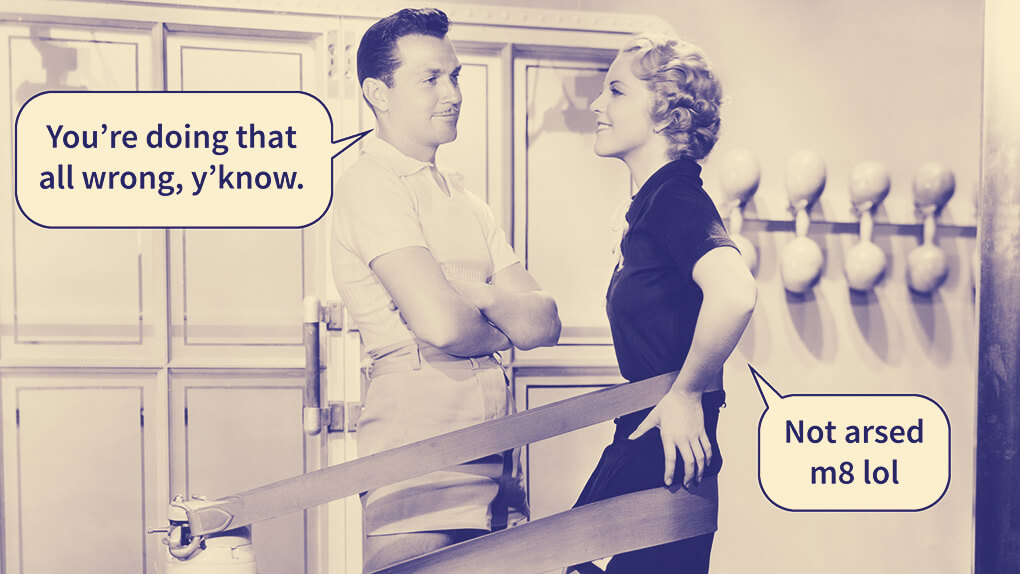
Further to my last post I have included some further unwritten rules of the gym!
‘Mirrors’ – why are they there and how to not use them? The answer is pretty simple; people like to watch their form. Its easy when someone is telling you to tuck your elbows in or keep your back flat but most people don’t have the luxury of a personal trainer with them for each session and need to keep an eye on their form. Therefore whilst they are moving a very heavy weight if you were to block their line of sight by walking in front of them to collect your weights from a rack or have a chat or perform your own lift or even stand behind them distractingly so they can see you in the mirror – then this is understandably considered VERY inconsiderate.
‘Giving and receiving advice’ – A very common occurrence in gyms is for a so called experienced lifter to try to give advice to what may appear to be a less experienced lifter. In reality what this means is a bigger guy telling a smaller guy how to train. Or a man telling a woman. Because the currency in gyms is muscle size, those who are ‘rich’ feel the need to inform the ‘less well off’ how they got to their impressive size without even being asked for advice. If this happens to you my suggestion is to respectfully nod and shut the chat down and carry on with what you were doing. On the other hand if you are being given a piece of safety advice (or giving safety advice) for example – you are going to snap if you keep bending your back like that when you deadlift etc.. then you would be wise to listen. It is up to you to decide whether the advice is real or ‘bro science’
‘Dropping weights’ – why would you do this if not to alert attention to yourself or because the weight is too heavy for you to perform your last rep eccentrically do place the weight on the floor? Its pretty simple; unless the weight you are lifting is comprised of Olympic plates (aka bumper plates) then DON’T drop them! Bumper plates have a special rubber coating and are used in Olympic lifting; they do get dropped at the end of some of these types of lists to enable the lifter to get out of the danger zone quickly after a lift. If you are not doing this with this kit and dropping weights then you are doing it wrong, damaging, kit, and the gym floor as well as looking like a complete idiot.
‘Its too heavy for you’ – the last point today is less of an etiquette and more a reminder: you will develop more lean muscle if you overload your muscle fibres using the muscle groups the exercise is designed for compared to a bit of gravity, a bounce and/or jump. What do I mean? Unload the bar, move the pin down the stack, take a lighter set of dumbbells and perform the lift with perfect technique for your prescribed number of repetitions….then and only then move up to the next weight.